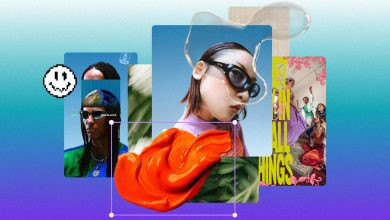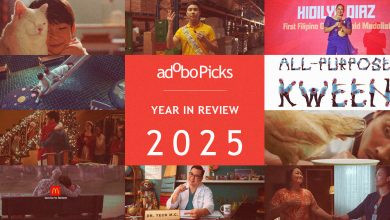MANILA, PHILIPPINES — Perhaps the most accurate description we can give to the Barbie craze that has taken over the world these past few months is “pop culture phenomenon.” From the second the teaser trailer was unveiled, everyone was ready to enter Barbieland with its vibrant exteriors, perfect designs, and promise of everyday bliss. Not to mention the curiosity of a fantasy world where women take up all seats of power, influence, and standard. The most basic explanation behind the excitement, praise, and celebration that this movie received is the simple fact that it gave everyone a pass at unbridled, child-like fun (although “fun” seems too little a word to encompass it), and unlocked a global pop culture experience like no other.
Although society’s immediate response to anything woman-led, fashion-forward, and pink is to classify it as something “for girls,” Barbie has successfully brought everyone into the cinemas to enter her world and hear her message. Adobo Magazine is just one of many companies and communities in the Philippines that made an event out of the film with movie nights and group screenings — a testimony to people’s curiosity and interest in the film.
For the adobo Magazine’s editorial team, however, which is composed mostly of women, it is not lost on us the social relevance of Barbie as a doll, a film, and an icon. Given all the discussion surrounding the film’s message on femininity, masculinity, and equality, we deem it best to go back to Billie Eilish’s question on her soundtrack entry: “What Was I Made For?” A song that comes on during a crucial scene in the film, begging to ask: What was this doll made for? What were women made for? What was this movie made for?
To that, we say: to celebrate, to represent, to give voice, and to just be.
To celebrate
It may be an understatement to say that watching the Barbie film is an event in and of itself. Immediately, you can see who in the cinemas is there to watch the film, usually with groups of people rocking their brightest pinks and most fabulous fits.
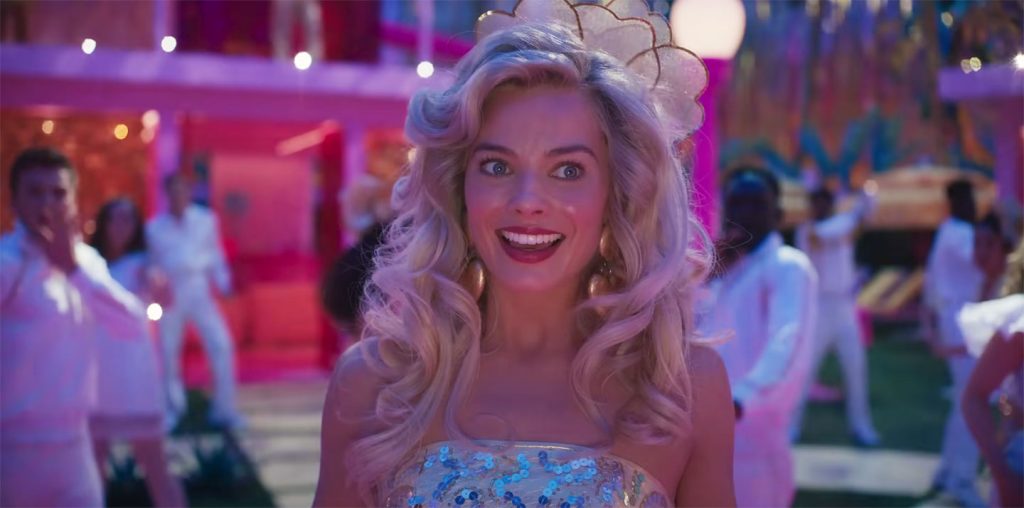
Adobo Magazine Senior Content Manager Nala Ortiz wrote: “[The premiere] brought back a unique experience that resonates across generations — which is the experience of going to the cinema. Seeing people dress up and make their movie-going experience as memorable as possible through all sorts of pink fashion and memorabilia is a marvel that even its marketing team can bear witness to.”
However, Barbie as an avenue of celebration is not only limited to its out-of-screen influence. The movie itself pays a stellar tribute to the legacy Barbie has created with easter eggs, fan service, and comedic gold sprinkled all throughout the film. Moreover, it throws a grand ol’ affair for everything society deems as the textbook definition of ultra-femininity: frivolous, extra, an obsession with fashion, lavish parties, and most of all, pink. However, it does nothing to hamper or shame this type of feminine energy at all. Instead, it uplifts it.
Even better, the film portrays women who genuinely uplift each other, nothing like the jealousy and rivalry mass media would often play out between ultra-feminine women, who are often depicted as either the “ditzy blonde” or “mean girl” archetypes.
“I remember growing up totally kikay. As I entered high school, however, I felt the pressure to fit in and be ‘one of the boys.’ It seemed cooler and more accepted, but as I journey through womanhood, I realize that being ‘girly’ doesn’t equate to weakness or inferiority. It’s a part of who I am, and I’m proud of it. Embracing pink, glitters, and everything considered ‘girly’ doesn’t diminish my strength or capabilities,” our Content Editor Chaela Mirano shared.
To represent
Barbie has been a representative of women’s potential since 1959. As the film’s opening spiel recalled, before this plastic doll was launched, young girls only had baby dolls to play with — perpetuating a message that a girl’s sole purpose and activity in life is to be a mother and take care of her children. Ruth Handler’s Barbie broke the mold as the first doll to embody that of a young woman, opening up a world of possibility to what women can be and do. Since then, Mattel has launched thousands of dolls under Barbie’s name depicting every kind of career (doctor, astronaut, singer, artist, even beach), and further expanded her world with movies, series, and numerous other characters to accompany her in her adventures.
The Barbie film is no different. Even though many would argue that modern times’ advocacy on body positivity and inclusivity would demand a different lead than Margot Robbie, her label as the “stereotypical Barbie” underlines what society deems to be the standard of a perfect woman: slim, bubbly, perfectly cordial and polite, always wearing the most fashionable clothing, and all smiles — always. However, all around her, other Barbies take up their own space as well: Issa Rae is President Barbie, Alexandra Shipp is Writer Barbie, Kate McKinnon is Weird Barbie, Nicola Coughlan is Diplomat Barbie, and so much more. Women of different races, body types, personalities, and professions — all Barbie.
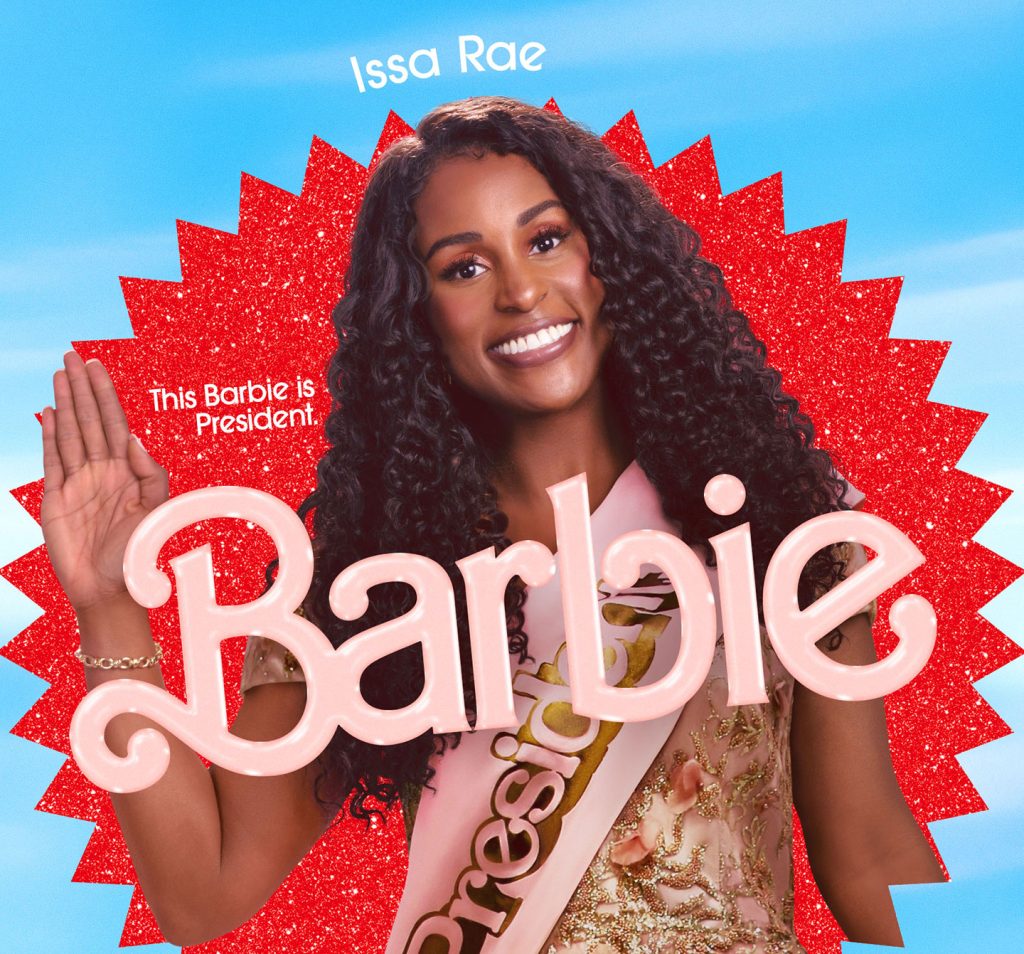
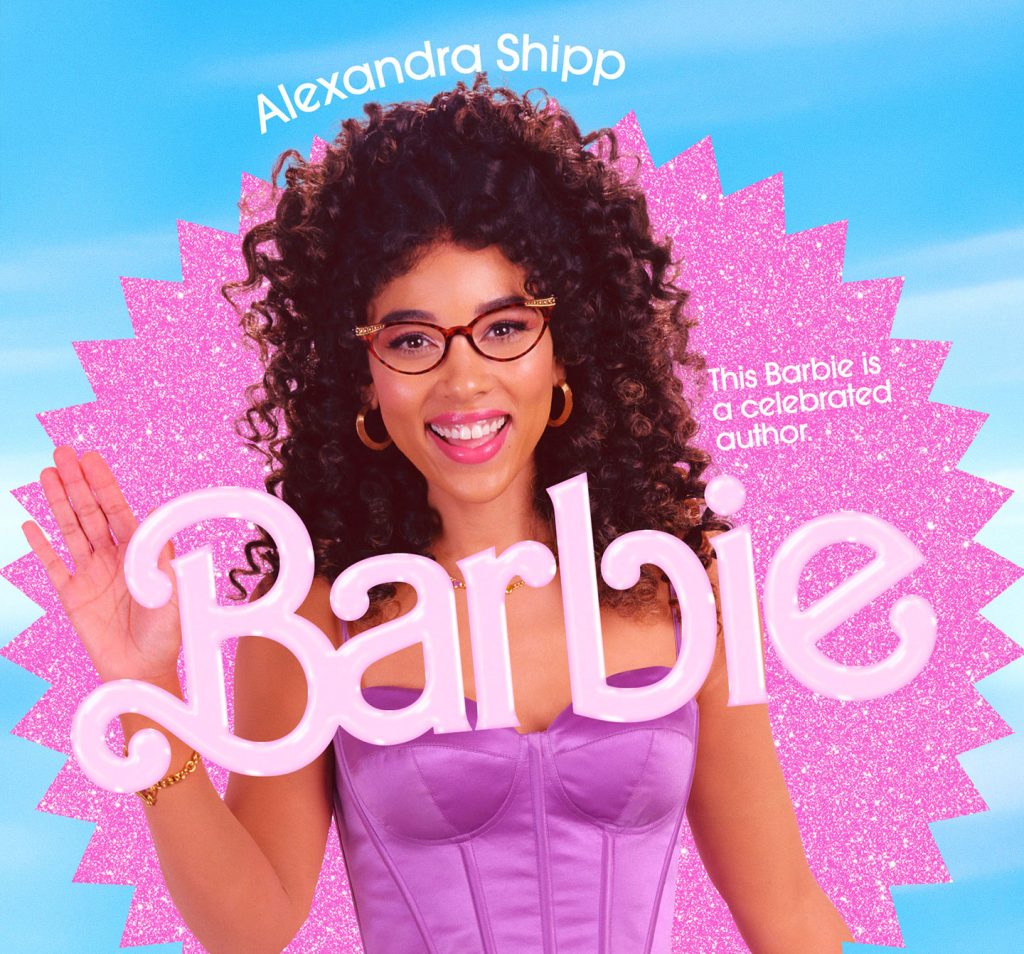
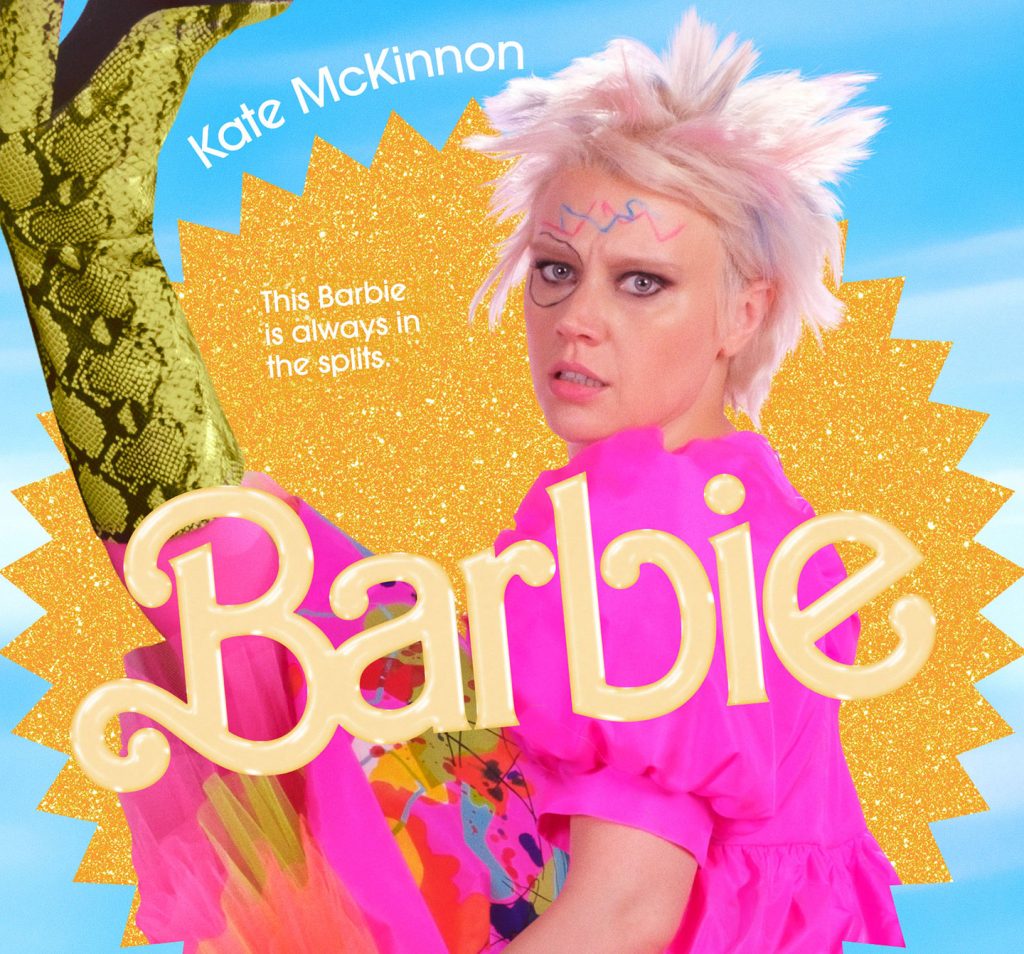
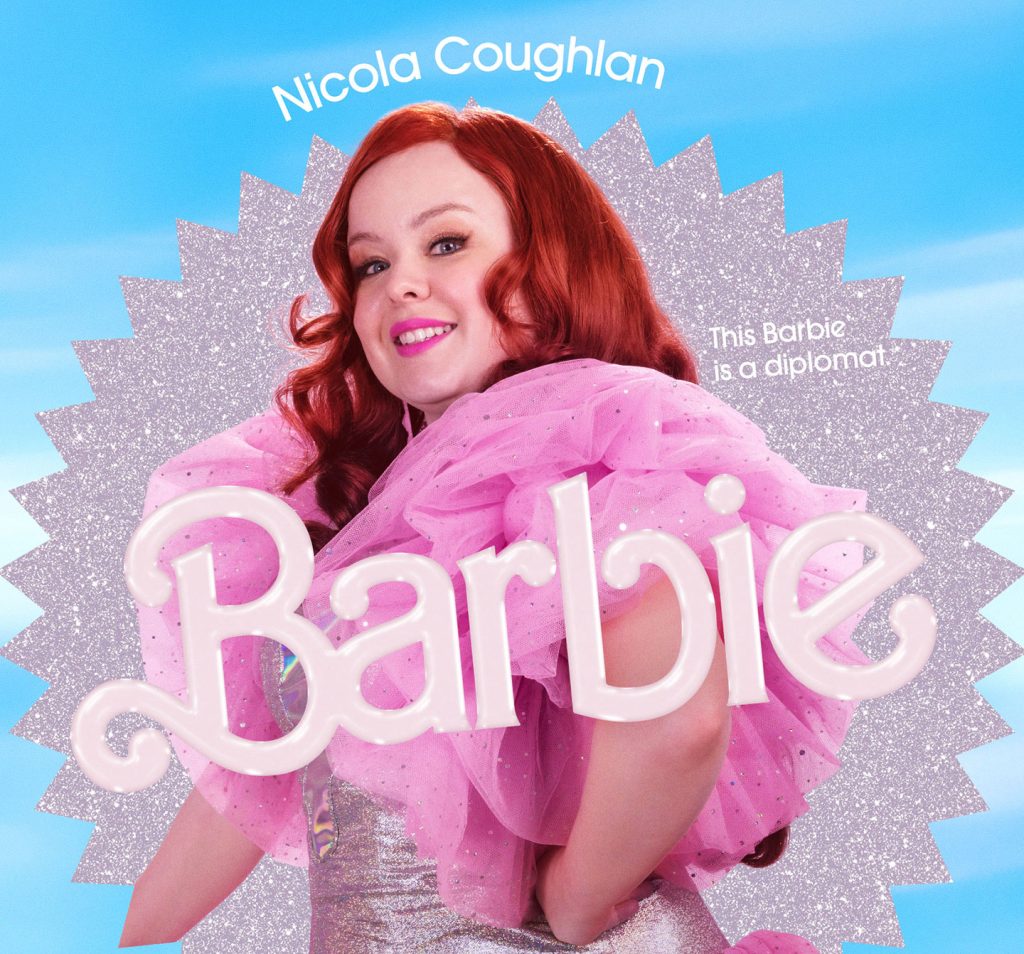
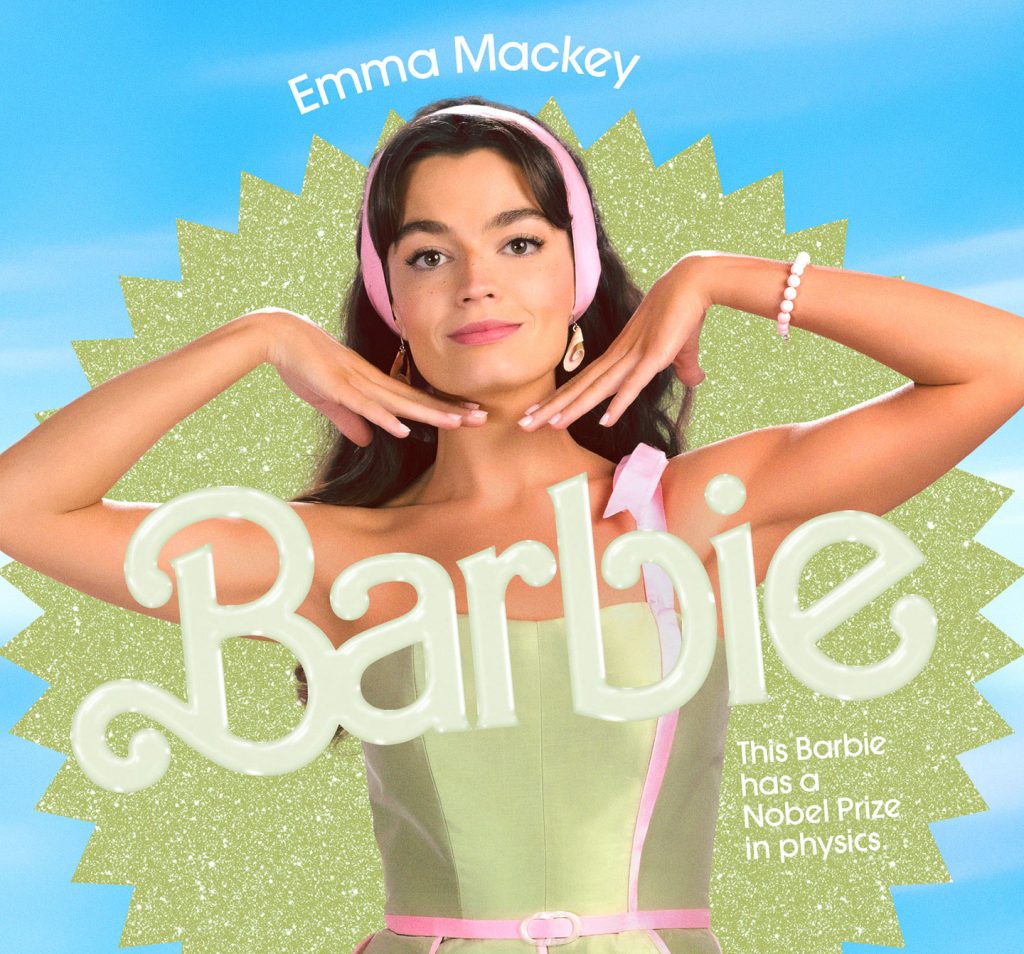
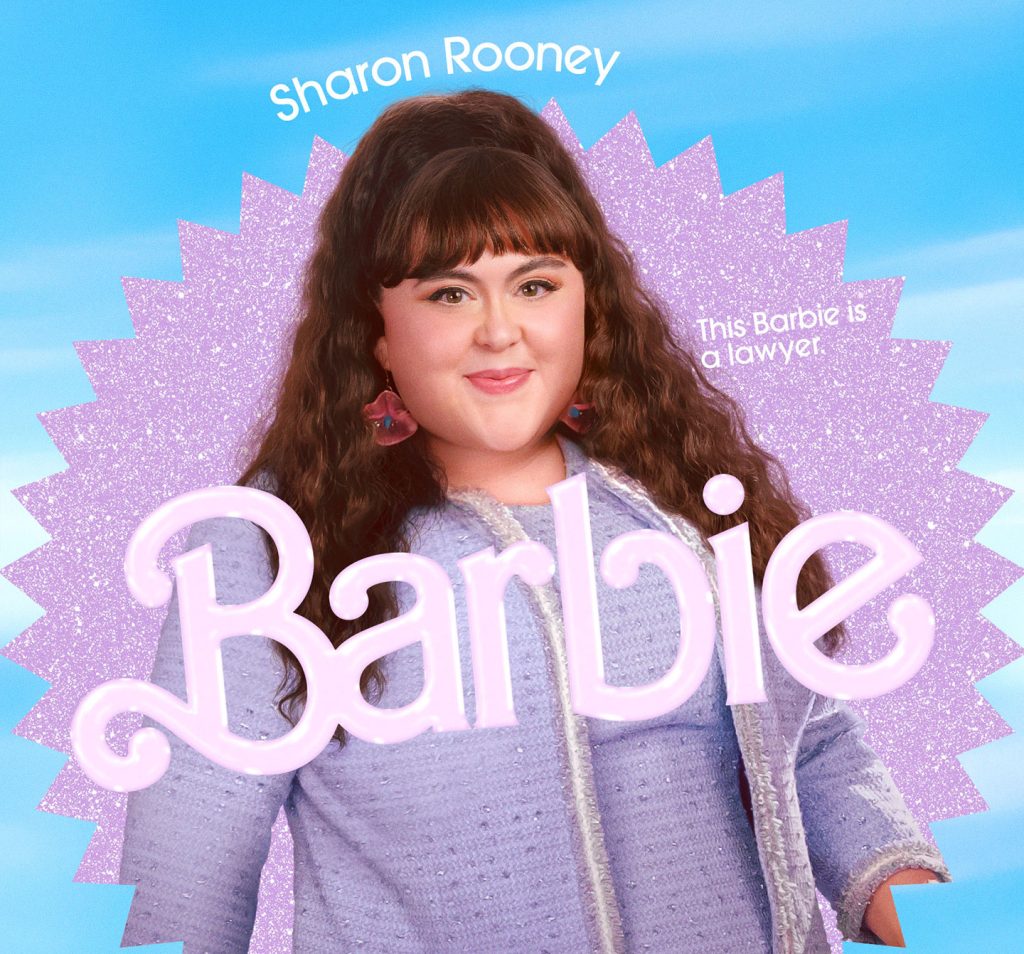
Just the mere fact that we can see these women be celebrated for their intellect and talent as Barbie is profound, especially for young underrepresented girls who do not relate with Margot Robbie’s Barbie or the “stereotype” they’re constantly compared to. It shows that there is no singular image of a woman, no matter how much society would like to wash us down to fit a certain mold.
To give voice
Perhaps the biggest significance of the Barbie film is that it underlines the social issues women face everyday. It does this in two ways: In Stereotypical Barbie’s experience in the real world (reflected by Gloria’s daily life as a working Latina mother), and the way Kens are treated at Barbieland.
The most obvious is the first one. Immediately, Barbie identifies the change in how she was perceived by men in the real world. The movie makes a point of emphasizing the difference: suddenly she’s seen as an object, her tight-fitting clothes an invitation for suggestive remarks, and her pretty smile and too-bright personality an indication of her mind’s capabilities. Barbie is staggered with the unfamiliar feeling of loneliness, fear, and frustration as she navigates the real world — with her attempts at friendship with other girls landing in tears and humiliation.
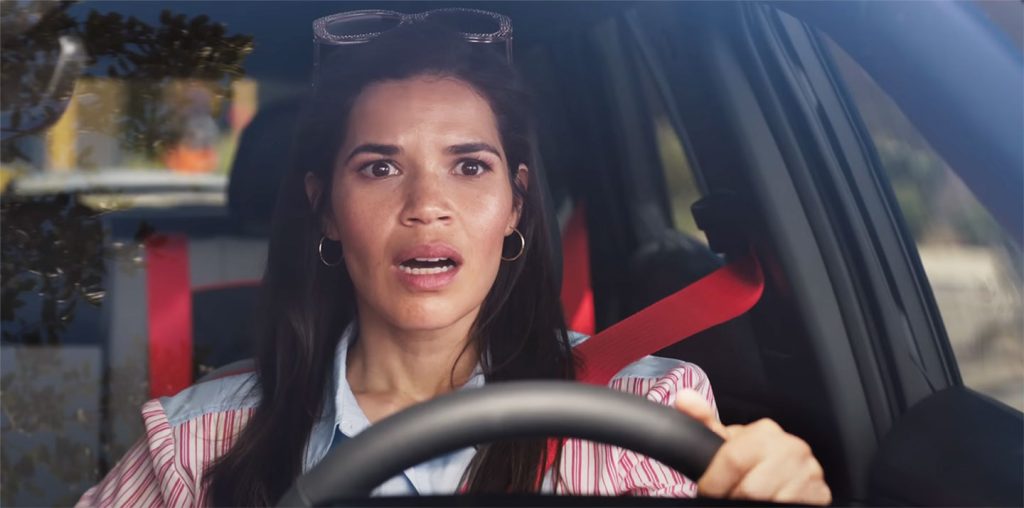
Gloria’s impassioned speech, which has rightfully gone viral, is probably the most crucial part of the film as it voices out the layers of frustration women feel on a daily basis, just merely from existing. She boldly started with: “It is literally impossible to be a woman… We always have to be extraordinary, but somehow we’re always doing it wrong.”
The speech is powerful and emotional, to say the least. As a woman, it’s the type of thing you hear that leaves your brain a little scattered because it feels like someone took pieces of your thoughts and presented them on screen. It’s the type of visual and auditory experience that feels somewhat surreal because it hits too close to home, voicing out feelings you’ve repeatedly been told to push down.
“We can safely say that Gloria’s monologue on how it’s impossible to be a woman broke the internet in such a short time after the movie’s premiere. It resonated with so many women and queer people, and offended a considerable amount of individuals who overlook their privileges, quickly pointing fingers at a working-class mother who dare call her entire life’s experience — a struggle in a system that is rigged against people like her — unfair. This is another example of Greta’s mise-en-scene, which I hope more people will recognize: a woman in the middle of her frame, speaking within and beyond the four walls of the screen — her story, her reflections, and her reality [similar to other Greta-directed films like Ladybird and Little Women],” Nala added.
“Women are held to unfair and impossible standards, while society dictates and contradicts itself on how women should be like — never asking women what they would actually rather be and do. Seeing these problems played out in front of our eyes and blatantly shown on a large, Hollywood-sized scale, the movie served as a reminder to myself that no matter what I do, the only opinion I need and the only voice I should listen to are my own. We, women, should be our biggest supporters in a world that’s expecting us to bend at every demand yet never break,” Senior Content Editor and Copywriter Stephanie Ferrer wrote.
On the other hand, these issues are also portrayed by Barbieland’s Kens, brilliantly led by Ryan Gosling and Simu Liu. Throughout the movie, they’re treated as nothing but a pretty face to look at, arm candy, if you will, with no real role in the world. They’re in constant competition with one another, and everything Ken did to create a semblance of relevance for him through Kendom is oversimplified to be an act of desperation to get Barbie’s attention. These decisions by Greta Gerwig brilliantly uses the Kens as a storytelling tool to portray how women are usually written in cinema: objects of decoration, overly jealous, and obsessed with getting a man.
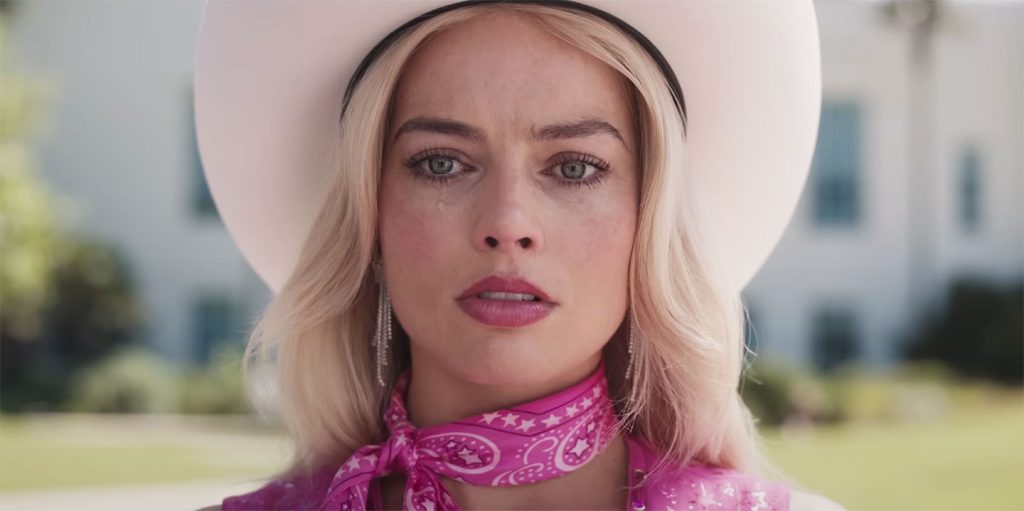
This is usually the part that’s lost on critics of the film.
Given the extreme imbalance between the Barbies and the Kens, many critics point out that although the film sends an important message on how women are seen and treated, it seemingly misses a mark on equality, simply because the men in the film are portrayed either as insignificant Kens, seemingly unremarkable Allans (who has become a fan favorite, especially among women), misogynistic predators, or air-headed and power-hungry executives. While, on the other hand, women in Barbieland are portrayed as the main characters, brilliant in every field and the only voices that matter.
With these storytelling decisions, Greta, contrary to popular belief, is not painting an ideal world or a feminist dream. She’s simply flipping the script to emphasize the cards women are dealt with, and encourage men to see the very limited spaces we’re allowed to take up. Understandably, this is a striking and jarring point of difference for those who are lucky enough to see themselves on screen without such limitations.
To just be
Another important theme in the movie is finding beauty and celebration in the ordinary. Going back to Gloria’s speech, the line “we always have to be extraordinary” speaks on the multitude of expectations society requires of women every day. As if the only way for a woman to be respected is if she’s done something remarkable with her life like have an illustrious career, look like a doll, or create some ingenious invention.
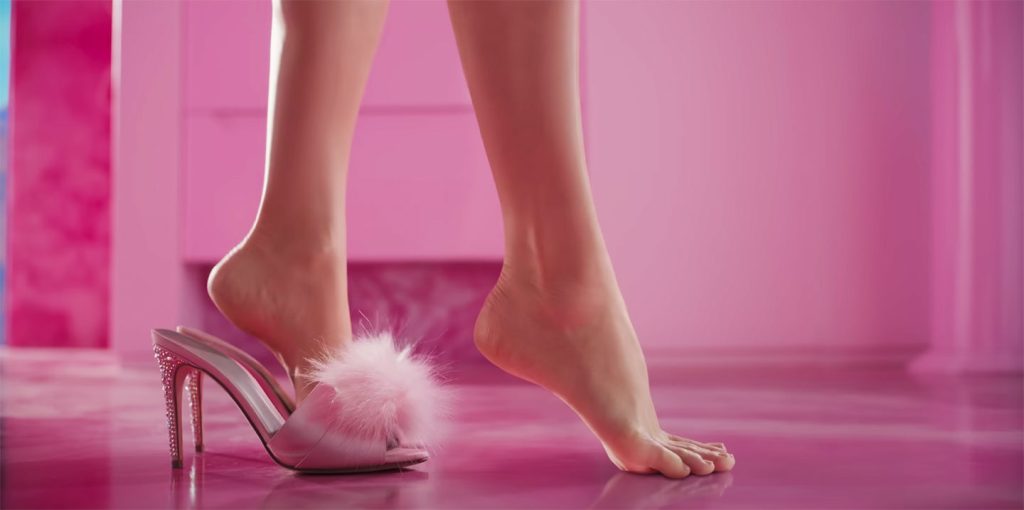
Our Feature Writer Sam Ledesma shared: “It was exciting to see all the Barbies of Barbieland be in control of the Supreme Court and win Nobel Prizes and get doctorates, the same way it’s empowering to see when women break the glass ceiling in the real world. As Gloria suggested, however, why can’t there also be Ordinary Barbies? It calls into question why women have to extraordinary to be prove they deserve rights. Why do women have to be groundbreaking to be seen as an equal? Why does the world treat respect as something women have to submit achievement-laden resumes for?”
“This is why the mic-drop last line of the movie was the absolute best way to end the movie — and not just because it was hilarious. I was so prepared for her big ‘real woman in the real world’ moment to be her arriving at a badass job interview or embarking on an award-worthy project. No, she’s just going to her gynecologist appointment. This was the perfect final moment not because womanhood is about genitals or only reserved for cisgender women, but because having to go to the doctor’s is so deeply mundane and ordinary and human. She doesn’t need to achieve something huge to justify taking up space in the world; that’s something she, and every woman, already deserves. Simply by being alive,” he added.
Likewise, if we strip away all the easter eggs, social commentaries, and fanfare of it all, the Barbie film ticks off the most basic requirement for any movie: to be entertaining. It doesn’t need to make a statement, or change the world; it’s simply a fun way to spend one’s precious two hours, and with that, to answer Billie Eilish’s question, it already fulfills its purpose.
Wrapping up this collective Barbie review, here are some final statements from adobo Magazine’s editorial team:
“There are so many things to unpack about Barbie, but I think that my favorite part of it was that it didn’t fall into the trap of the shallow, girl-boss brand of feminism that many blockbuster movies are guilty of. In Barbie, being a woman was not tied to being an idea or a dream. It was tied to the bittersweet, messy reality of being the dreamer. Of being human.” — Sam Ledesma, Features Writer
“Watching the Barbie film was like finding a safe haven where my love for all things ‘girly’ was celebrated, not judged. It’s liberating to reclaim that part of myself and express it without hesitation or fear of being perceived differently. I’ve come to understand that embracing my femininity doesn’t define me solely; it enhances my uniqueness and empowers me to be true to myself.” — Chaela Mirano, Content Editor

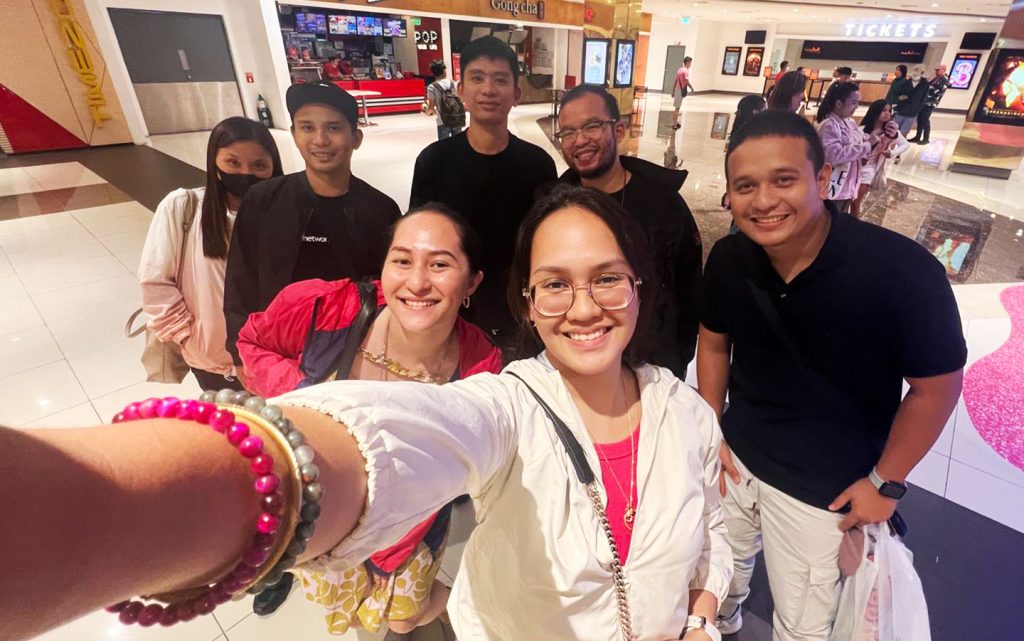
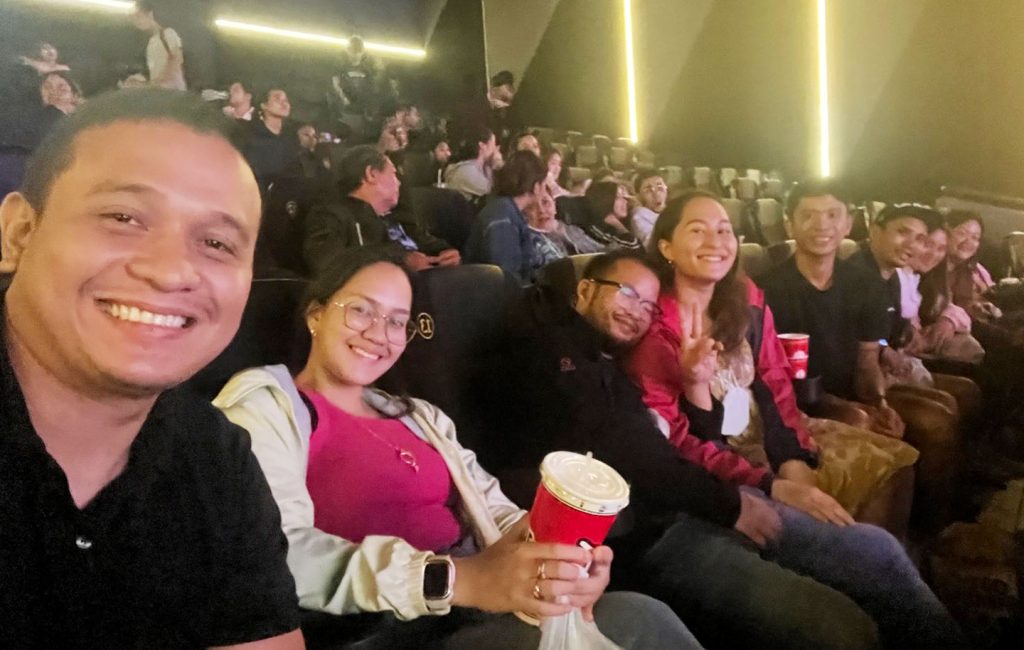
“As I scrolled through my feed reading Barbie movie reviews, it appeared that people with privilege (on gender, class, culture, etc.) found it a challenge to resonate with the movie. Just because the movie isn’t about them, or for them, doesn’t mean it should not be recognized as a significant symbol or platform for women’s self-expression. As certain criticisms may be valid, you would expect these critics to exercise a deeper level of perception toward the narratives in the film. Do you think Kens serving as an accessory is unfair or even offensive? Look deeper. I hope the message will get to you and you will eventually understand how the real world really works, and that you are moved by it, and you do something about it.” — Nala Ortiz, Senior Content Manager
“Among other things, Barbie is a great representation of everything that women can be. There’s no limit to what we can do as long as we remember the power we hold in ourselves. Hopefully, this movie would be (K)enough to change things one step at a time, and shake awake those who are yet to realize what’s really happening.” — Stephanie Ferrer, Senior Content Editor and Copywriter
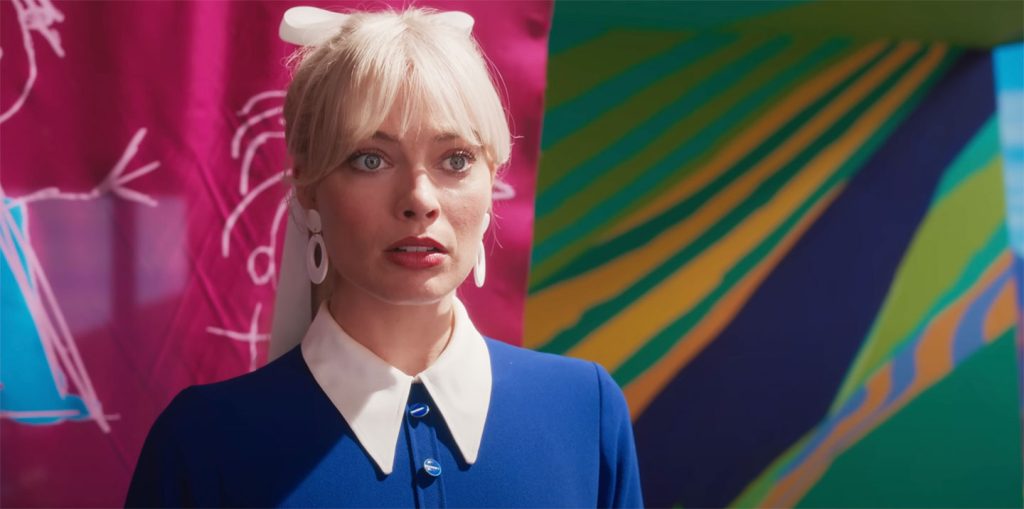
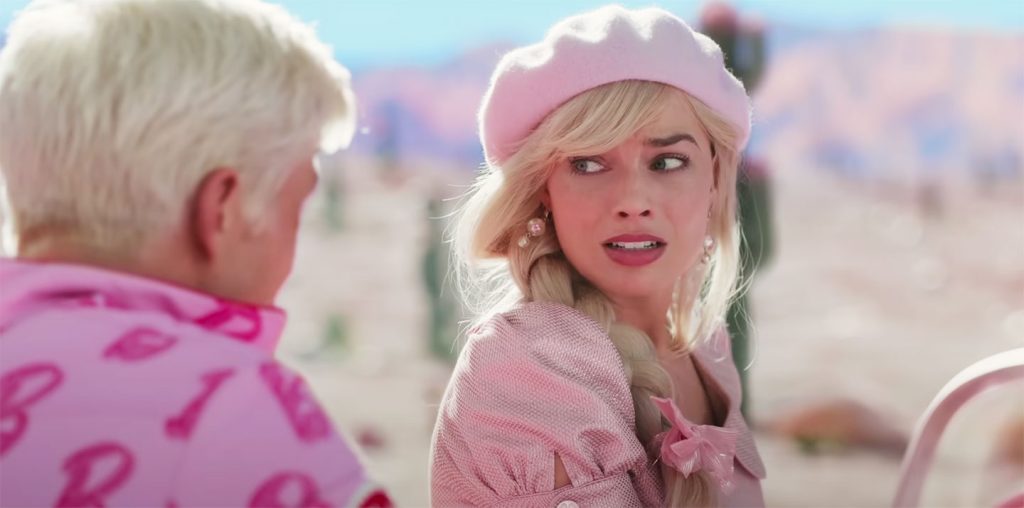
“My favorite part about the whole Barbie movie phenomenon is the mere fact that it’s about a plastic doll, and no one expected it to be more than just another live action adaptation banking on nostalgia and sentimentality, yet we were so wrong. Many reviews have called it a ‘trojan horse’ because we all watched it unassumingly, and came out with a very important message ringing in our ears. It goes to show how little we expect out of things that are sparkly, ‘girly,’ and pink, and how, just like Barbie in the real world, these things can prove us wrong with unexpected depth, poignance, and in special occasions, a solid punch in the face.” — Pauline Nacar, Associate Editor




